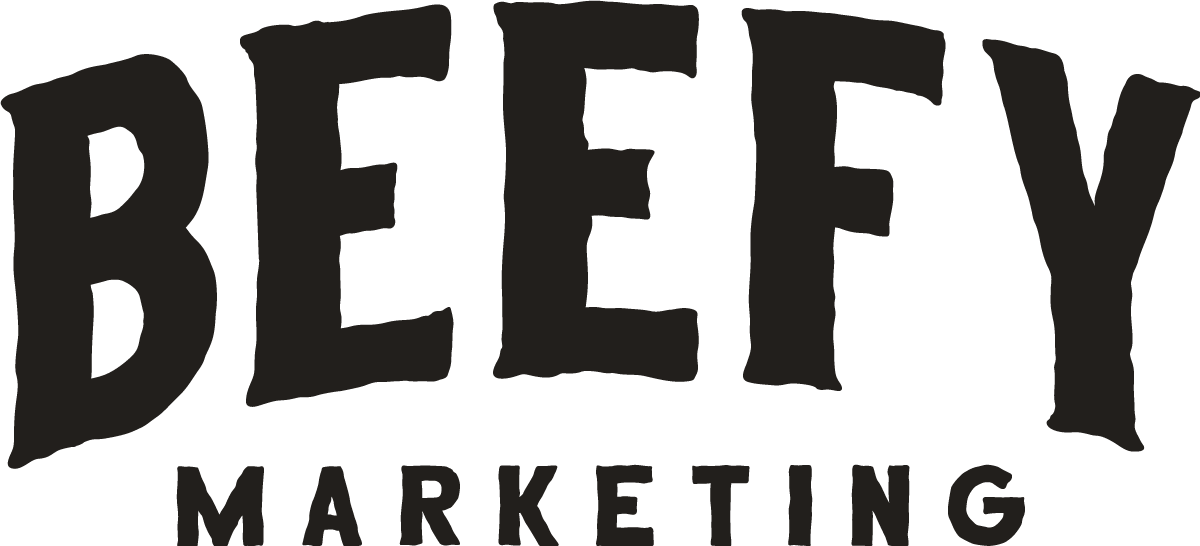Donor communication is the lifeblood of any successful nonprofit or fundraising organization. It is the process by which we build relationships, share our vision, and inspire action in our supporters.
Despite its importance, many organizations need help communicating effectively with their donors, leading to disengagement, decreased giving, and lost opportunities.
In this article, let’s explore donor communication’s art and science, helping you create strong, lasting connections with your supporters.
Defining Donor Communication
At its core, donor communication is the ongoing dialogue between your organization and the individuals, groups, and institutions that support your cause. This includes everything from thank you letters and newsletters to social media interactions and in-person events.
Donor communication is not just about asking for money; it is about sharing your story, providing updates on your work, and demonstrating the impact of your donors’ contributions.
The Three Pillars of Donor Communication
To create strong and lasting relationships with your donors, your communication strategy should be built on three key pillars: personalization, consistency, and impact.
1. Personalization
Treat your donors as individuals, not just sources of funding. Make sure to address them by name, understand their interests and motivations, and tailor your communications to meet their unique needs and preferences.
This might involve segmenting your donor base into different groups based on giving history, interests, or demographics and crafting targeted messages for each group. Personalization demonstrates that you value your donors’ time and support, fostering trust and loyalty.
2. Consistency
Donor communication should be regular and consistent. Establish a communication calendar that outlines when and how you will reach out to your donors throughout the year. Your communications should be varied, including updates on your programs, stories of success, and opportunities for engagement.
Consistency also applies to your brand and messaging. Ensure your organization’s voice and visual identity are cohesive across all channels, creating a unified experience for your donors.
3. Impact
Donors want to know that their support is making a difference. Make it a priority to communicate the impact of their giving regularly and compellingly. Share stories of lives changed, communities transformed, and progress made.
Use data and visuals to illustrate your successes and demonstrate how you are meeting your goals. Focusing on impact, you help donors feel connected to your work and motivated to continue their support.
Best Practices for Donor Communication
Now that we understand the principles of effective donor communication let’s explore some best practices that can help you elevate your strategy:
1. Be Donor-Centric
Your communications should always prioritize the needs and preferences of your donors. This means using language that speaks to their values and motivations rather than focusing solely on your organization’s needs.
For example, instead of saying, “We need your support to reach our fundraising goal,” try, “Your gift will provide life-saving resources to families in need.”
2. Create a Multi-Channel Approach
Donors engage with organizations in various ways, so it’s important to communicate across multiple channels. This might include direct mail, email, social media, your website, and in-person events. By diversifying your communication channels, you ensure that your message reaches your donors where they are most likely to engage.
3. Listen and Respond
Donor communication is a two-way street. Make sure you are listening to your donors’ feedback and responding in a timely and thoughtful manner. This might involve conducting surveys, monitoring social media comments, or asking for conversation feedback.
Engaging in active dialogue demonstrates that you value your donors’ perspectives and are committed to continuous improvement.
4. Invest in Storytelling
Storytelling is a powerful way to connect with your donors emotionally, inspiring action and loyalty.
Share stories of the people and communities you serve, highlighting the challenges they face and the transformative impact of your programs. Be sure to use vivid language, images, and videos to bring these stories to life.
5. Continuously Evaluate and Improve
Donor communication is an ongoing process, and measuring your success and adjusting your strategy as needed is essential.
Assess your donor engagement metrics, such as email open rates, social media interactions, or event attendance, to identify trends and areas for improvement. Regularly review and update your communication plan to remain relevant and effective.
Conclusion
Donor communication is an essential component of successful fundraising. Organizations need it to engage donors and build meaningful relationships effectively.
Effective donor communication allows organizations to cultivate relationships, share stories, and generate trust. It also allows organizations to keep donors informed about their progress and solicit support for future endeavors.
Beefy Marketing helps you grow your business with fully managed marketing services, expert resources, and our community small business owners. We provide creative and efficient solutions to help reach your audience and attract even more. If you’re looking for the best digital agency in Tomball, TX, contact us today!


